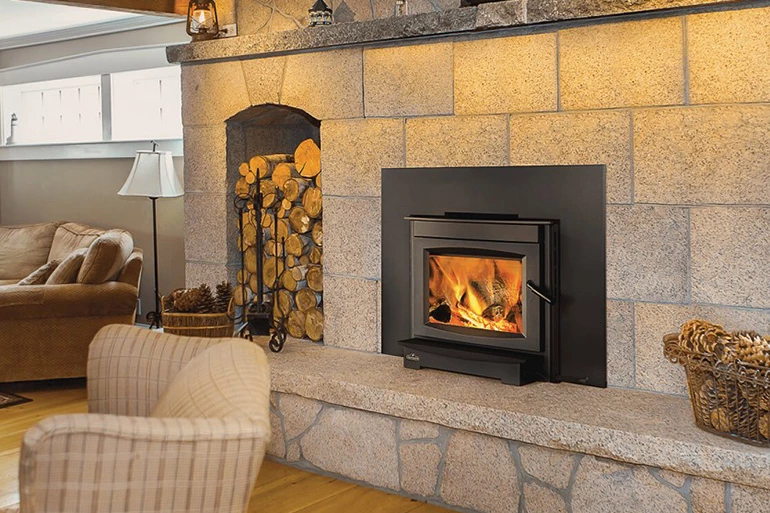Wood Burning Fireplace Inserts Buyer's Guide
Considering a wood burning fireplace insert, but not sure where to start? Here's what you need to know about wood burning fireplace inserts, often also called a wood stove insert, wood burning stove insert, or wood burning insert. In this article, we'll go over different wood fireplace insert model options, what you need for installation, brand recommendations, and care and maintenance tips. But first, let's clear up a common confusion with fireplaces and fireplace inserts.
Wood Burning Fireplace vs. Wood Burning Fireplace Insert
Oh, the joys of terminology. The biggest area of confusion when it comes to fireplaces versus fireplace inserts comes down to the difference between how the average person describes the different types of fireplaces and the technical terms used to categorize them. If you spend any amount of time probing the web for fireplace inserts, you may run across a number of terms, including wood stove insert, wood fireplace insert, or wood burning insert. Yet, all of these terms reference the same type of appliance. If you prefer to use wood logs for fuel, the information you'll want to know boils down to the differences between a wood burning fireplace and a wood burning fireplace insert.


